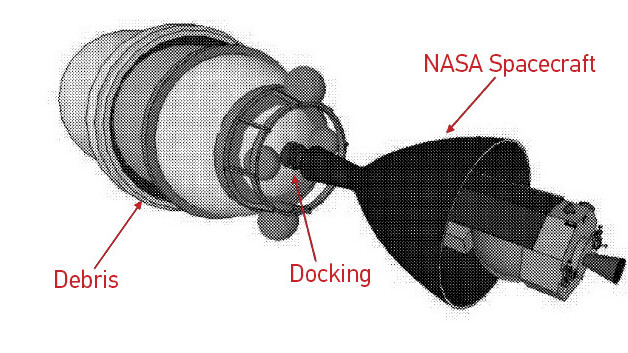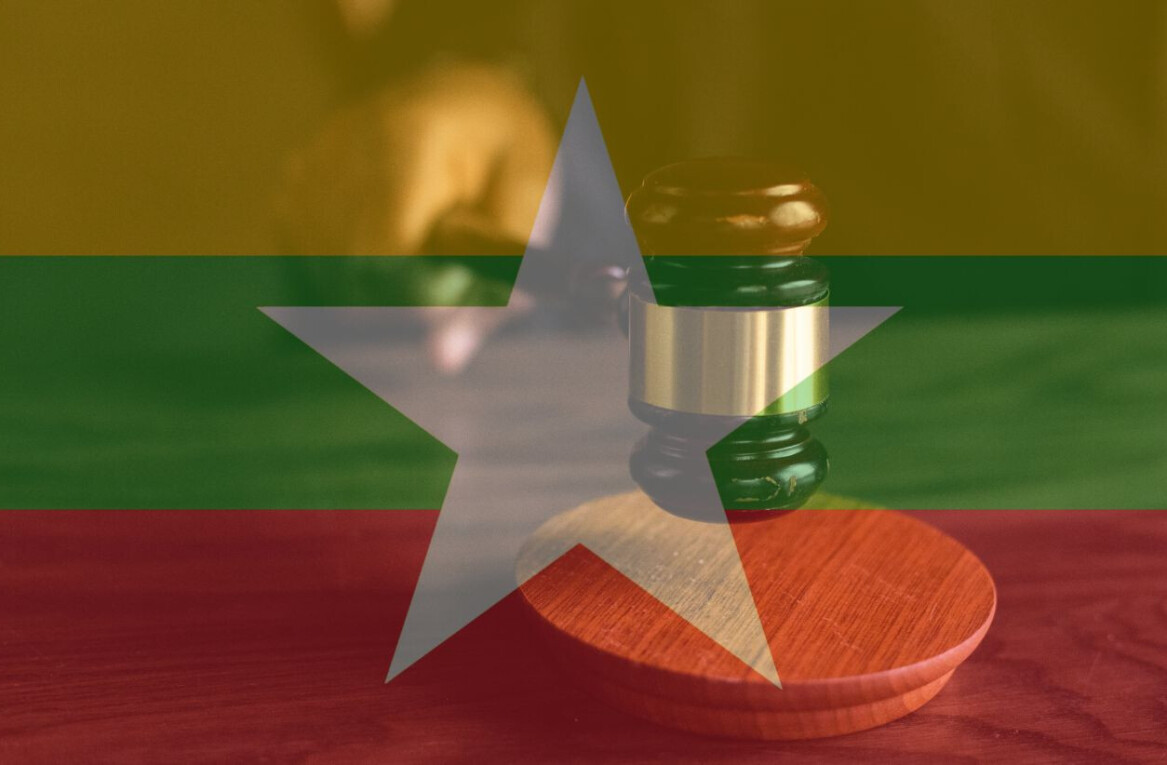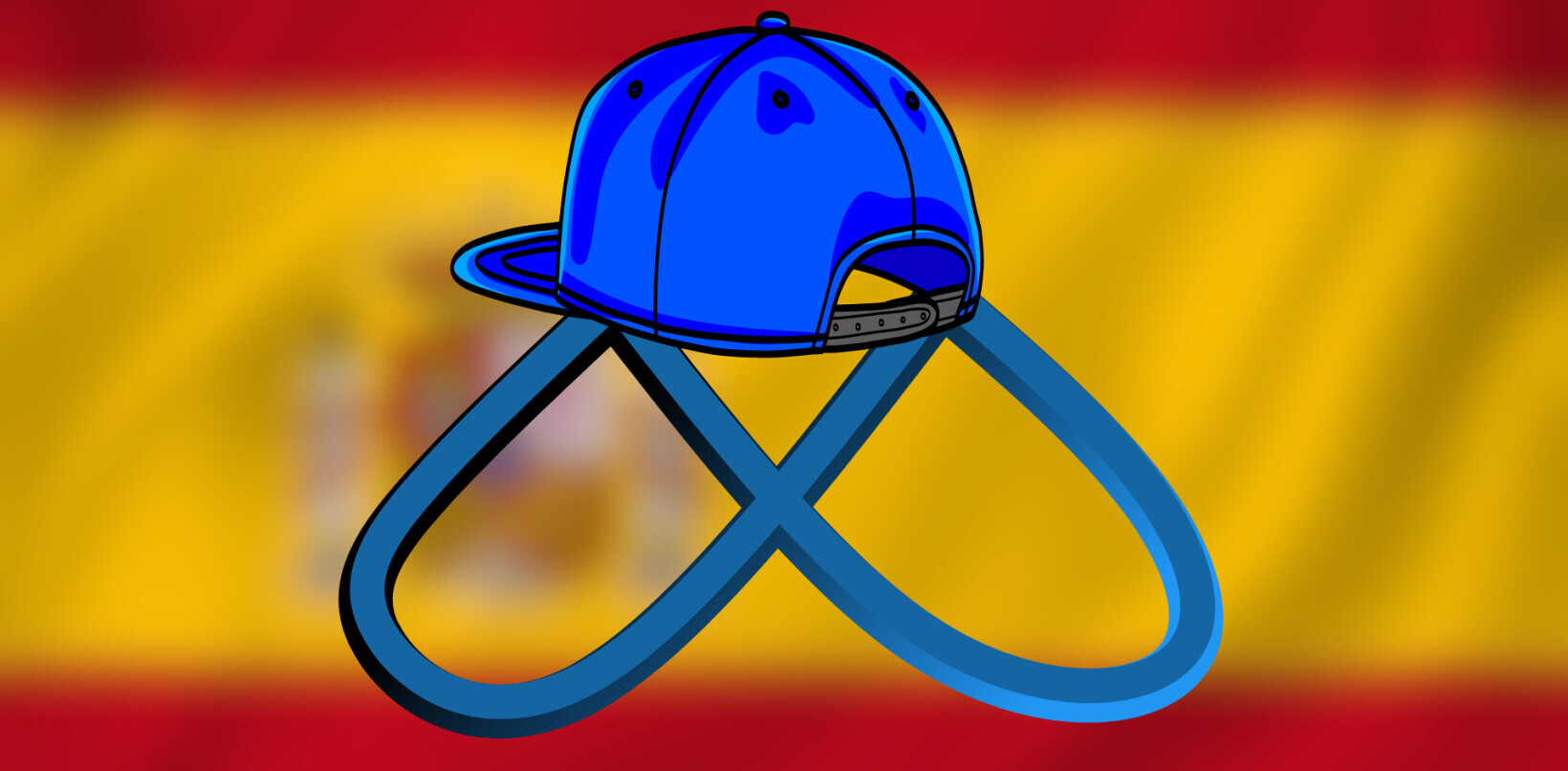
This week, the US patent office issued 6,771 patents and published 7,730 patent applications.
Each patent adds a little something new to the human knowledge base. As it’s impossible to list all four thousand, the PatentYogi team has selected the six most interesting patents.
Drinkable water in space
Patent Number – US 9,242,874
Potable water is essential for long manned missions. Research has shown that the bacteria tend to accumulate in the water supplies on theInternational Space Station (ISS) and they also mutate into strains that are highly resistant to eradication. Until now, chemicals were used to treat water on ISS, which tend to cause some other adverse health effects for the astronauts.
NASA’s new patented system cleans water using microwave without the use of any chemical additives. The microwaves kill 90 percent of the contaminants while increasing the temperature of the medium by less than about 10 degree Celsius.
IBM wants to solve your mobile connection problems with drones
Patent Number – US 20160028471
Cell phone users do not like inadequate mobile device cellular phone coverage. However, cell phone companies find it difficult to optimize the spread of the cell phone towers as the number of customers registered to a particular cell vary throughout the day. Sometimes, people visit the same geographic spot en masse; for example, for public demonstration, sporting events, city celebration, etc. In such situations, cell phone outage is experienced.

Getting rid of space junk
Patent Number – US 20160023783
The orbital debris is a serious threat to existing satellites and even to future space missions. As shown in the movie Gravity, any impact of the debris with another object creates more debris that may set off cascading collisions via a phenomena called Kessler Effect. This could even lead to a doomsday scenario for space exploration, where any further space missions may be virtually impossible to undertake. So it’s no surprise that NASA has patented a solution to tackle this problem.
The patented invention uses a spacecraft capable of automatically capturing a piece of space debris and safely perform deorbiting.
Create virtual 3D objects using body gestures
Patent Number – US 20160027199
Microsoft’s intuitive interface allow users to create imaginary 3D objects of any shape using body gestures performed by the users as a primary or only input. The technology may be used by children to “draw in the air”.
The user starts by scanning an arbitrary body gesture into an initial shape of an object. Next, the user performs various gestures using his body, which result in various edits to the object. After the object is completed, the object can also be animated, based on movements of the user.
Facebook wants its next billion users from rural areas across the world
Patent Number – US 20160028830
The social media site patents a rural area network device to provide intermittent internet connectivity to rural areas. It is still challenging to provide internet connectivity to rural areas as infrastructure costs to lay down network cables is a large investment. Further, most rural areas do not have an electric utility, so alternative wireless methods suffer from lack of continuous power.

The rural area network device receives and caches incoming communications (e.g., webpages, incoming messages, media content, text, scripts, or executables) when the intermittent network access is active, so that devices within the network island can access the resources when the intermittent network access is inactive.
LinkedIn can now determine your salary from your profile
Patent Number – US 20160026916
LinkedIn filed a patent for a salary range engine to determine salary of a member by correlating profile information of the member with trained salary data obtained from millions of users worldwide. For example, the salary can be determined based an educational institution described in the profile and a measure of professional seniority. This data will be very useful for recruiters. However, it may make salary negotiations tougher for the prospective or even the existing employees.
Read next: SoftBank’s Pepper robot to get even brainier with IBM’s Watson technology
Get the TNW newsletter
Get the most important tech news in your inbox each week.





